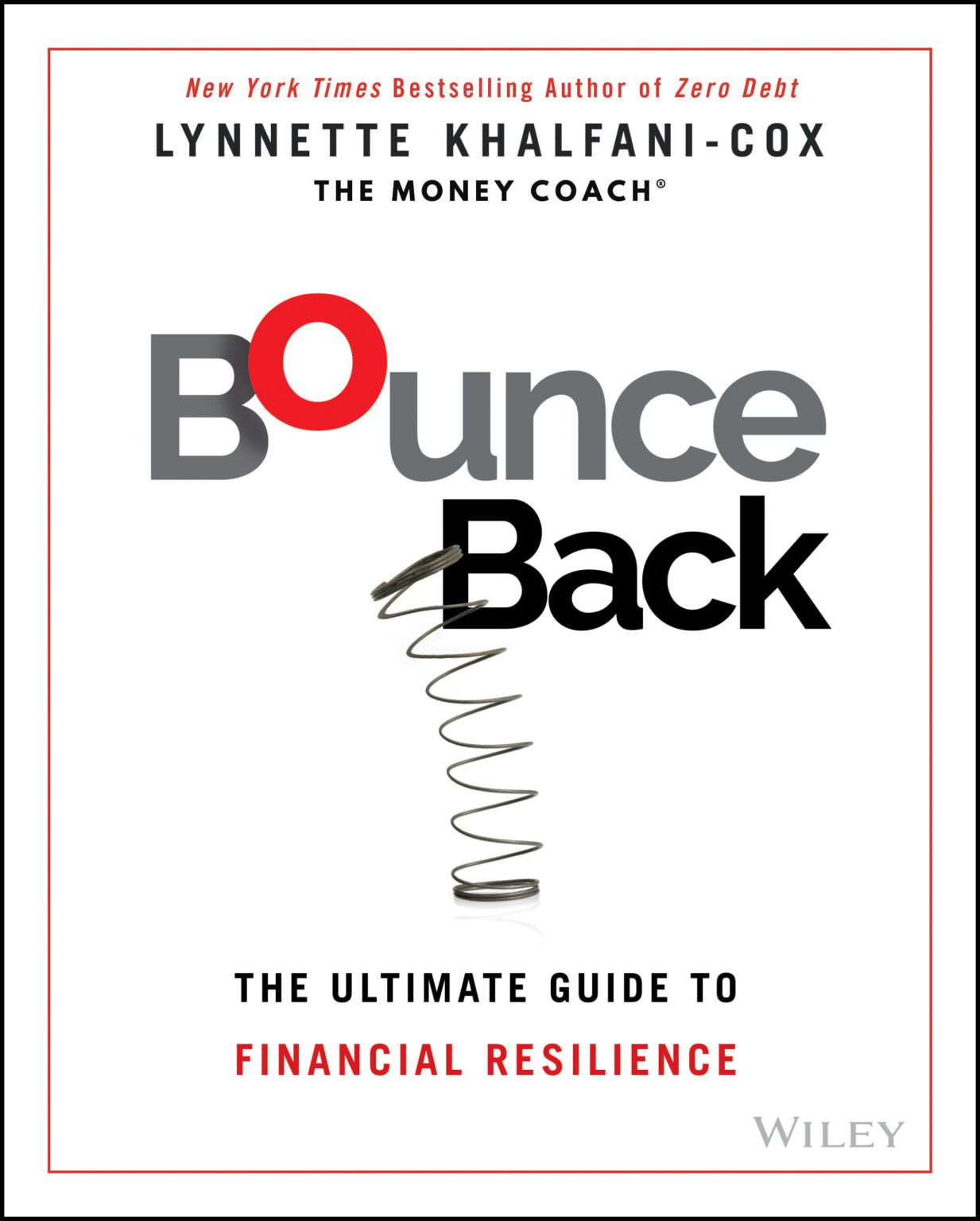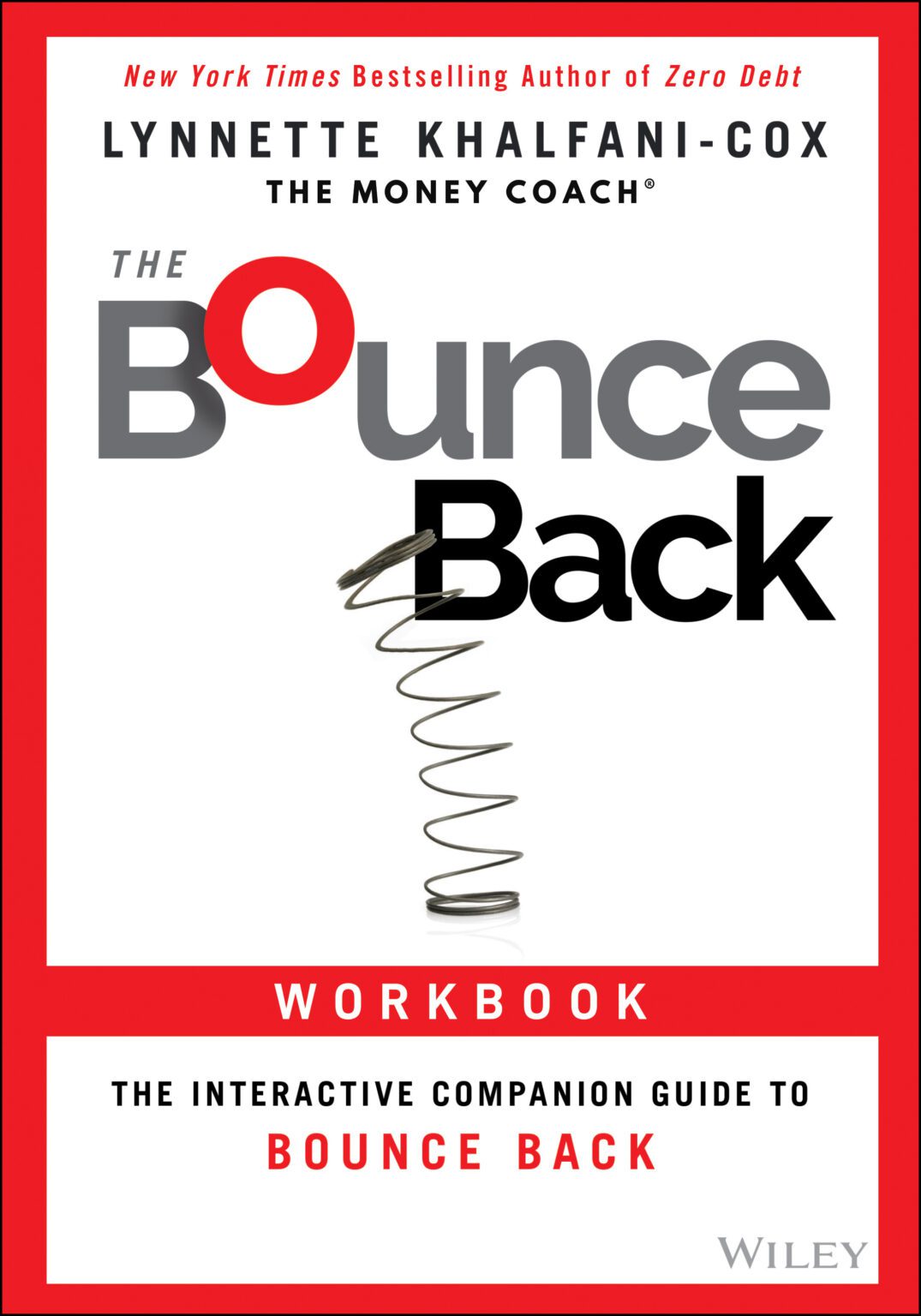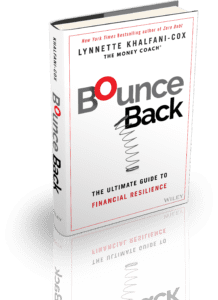The IRS says U.S. taxpayers spend an average of 13 hours reading up on tax rules, gathering paperwork, and filling out their tax forms.
And let’s not forget, of course, that taxes are a big expense for most Americans.
In fact, the typical U.S. family pays more than a third of its income in taxes, when federal, state and local taxes are taken into account. That huge tax bite doesn’t even include other taxes, such as property taxes, sales taxes and other levies.
As of 2014, there’s a new tax that Americans have to be concerned with: if you don’t have healthcare coverage by the end of March 2014, you’ll be hit with a penalty (translation: a tax) of up to 1% of your income.
So what can you do to make tax season a bit less taxing?
Fortunately, there are some ways to lower your tax burden and save time too.
Here are three new tax tools to help you save time and money in 2014 and 2015.
Tax Tool #1: Common Form
According to IRS data, there are about 145 million tax filers in America. A good chunk of them – about 22.5 million taxpayers – have fairly simple tax situations and use either the1040 EZ or 1040A Form, as opposed to wrestling with the more complicated 1040 Form.
And here’s where a simple and elegant new tool, called the Common Form, comes in handy.
Launched by three former Intuit employees, Common Form is an online software product that makes the 1040EZ tax preparation and filing process super easy, speedy, and hassle-free.
Equally cool: this new tax software is 100% free in 2014 for all customers. No strings attached. No credit card required. And no upsells for other tax products either. That’s because the company currently does one thing and one thing only: it helps individuals and couples fill out a 1040EZ Form online.
To get started, users simply enter a few personal details, including name, address, age, social security number and filing status (single or married filing jointly). After that, the Common Form software asks a handful of basic questions, crunches some numbers and then lets taxpayers file the return with the IRS.
It’s all done in 10 to 30 minutes, according to Bill Hendricks, co-founder and CEO, who says he and his partners launched Common Form to help folks with simple tax situations.
The reason it’s so quick and painless is “Common Form doesn’t ask a lot of
oddball questions like whether you have foreign trusts or if you’ve received a Turkish Ottoman Empire Settlement payment,” says Hendricks, noting that those are actual questions posed with many other tax software programs.
For individuals with basic tax situations, the 1040EZ is not only a time saver, but a money saver. “People should not be paying money for this (1040EZ) form,” Hendricks says. Yet, scores of people do just that – they pay for online software or go to a paid preparer to get their 1040EZ form. The cost to these consumers? Usually about $50 to $100.
So who can and should use the 1040EZ Form? Your income can’t exceed $100,000. You can be single or married, but can’t have kids. You also can’t be over age 65, nor can you have investment income of more than $1,500.
If this sounds like you, Common Form can help.
The software even supports one key tax credit, the Earned Income Tax Credit, that many low-to-moderate income taxpayers seek each year.
But there is a downside to using the 1040EZ in some situations. That drawback: you can’t claim certain adjustments to income, like deductions for IRA contributions or student loan interest payments. Nor does the 1040EZ let you claim credits like the child, dependent care or retirement savings tax credits.
So if you fall into any of those categories, you want to itemize your deductions, or you have a higher than $100,000 income, you’re better off using the 1040A or the regular 1040 Form.
Tax Tool #2: Deductr
One of the biggest tax pitfalls for entrepreneurs and freelancers is that they’re so focused on their business that they often don’t accurately track all their expenses.
Enter Deductr, which help small business owners and those with side-hustles to keep tabs on and document all their costs, making such expenses tax deductible.
I was super excited to learn about this product because my husband and I run a small business (our financial education company called TheMoneyCoach.net LLC). And while we have an accountant, and use QuickBooks, we could still do a much better job of tracking expenses.
Even better, Deductr doesn’t simply help you keep tabs on costs. It also allows you to easily track income, mileage, and even time spent on various business activities. All of this makes Deductr a great tool for part-timer freelancers as well as full-time business owners.
Though some people may want to use Deductr as a simple accounting system, the product isn’t really designed to serve as such as system. In other words, Deductr isn’t meant to be a QuickBooks like solution.
In fact, the makers of Deductr have a QuickBooks export, allowing users to track their expenses in Deductr and then readily transmit the data into QuickBooks or to their accountant.
One other clever feature: Deductr has a nifty notification system that sends you reminders – based on your schedule – prompting you to track expenses and mileage that will snag you well-deserved tax deductions.
As of February 2014, more than 300,000 small businesses nationwide were using Deductr.
Tax Tool #3: Consumer Reports’ Health Tax Credit Tool
In the wake of the Affordable Care Act, also known as Obamacare, millions of Americans are eligible for tax credits to help pay for health insurance premiums.
The problems with the launch of the government’s healthcare website have been well documented. Thankfully, those glitches have now largely been fixed.
But there’s another website functioning quite well that can also help you know if you can put healthcare related tax money into your pocket. That website is Consumer Reports’ new, interactive Health Tax Credit Tool.
In a nutshell, with this tool, you just answer some brief questions about your family size and income, your state of residence, whether your job offers insurance, and whether you receive Medicaid.
Then you click on green arrows that direct you to the right place based on your answers. You’re ultimately linked to pages with additional information, including how to save more money by covering your family.
Who qualifies for the healthcare subsidy? You can have a household of five with modified adjusted gross income of $110,000 and still be eligible.
To get your credit, as the Consumer Reports tax tool advises, you must apply for coverage through your state Health Insurance Marketplace.
When you get the credit, you can use it at once to lower your monthly healthcare premiums. Alternatively, you can take the credit as a refund when you file your 2014 federal income tax return during the 2015 tax season.
Many Americans dread paying taxes – not just because of the money involved, but also because of the time it takes to stay on Uncle Sam’s good side.
By using the three tax tools above, you can save both time and money this tax season and in the year to come.








